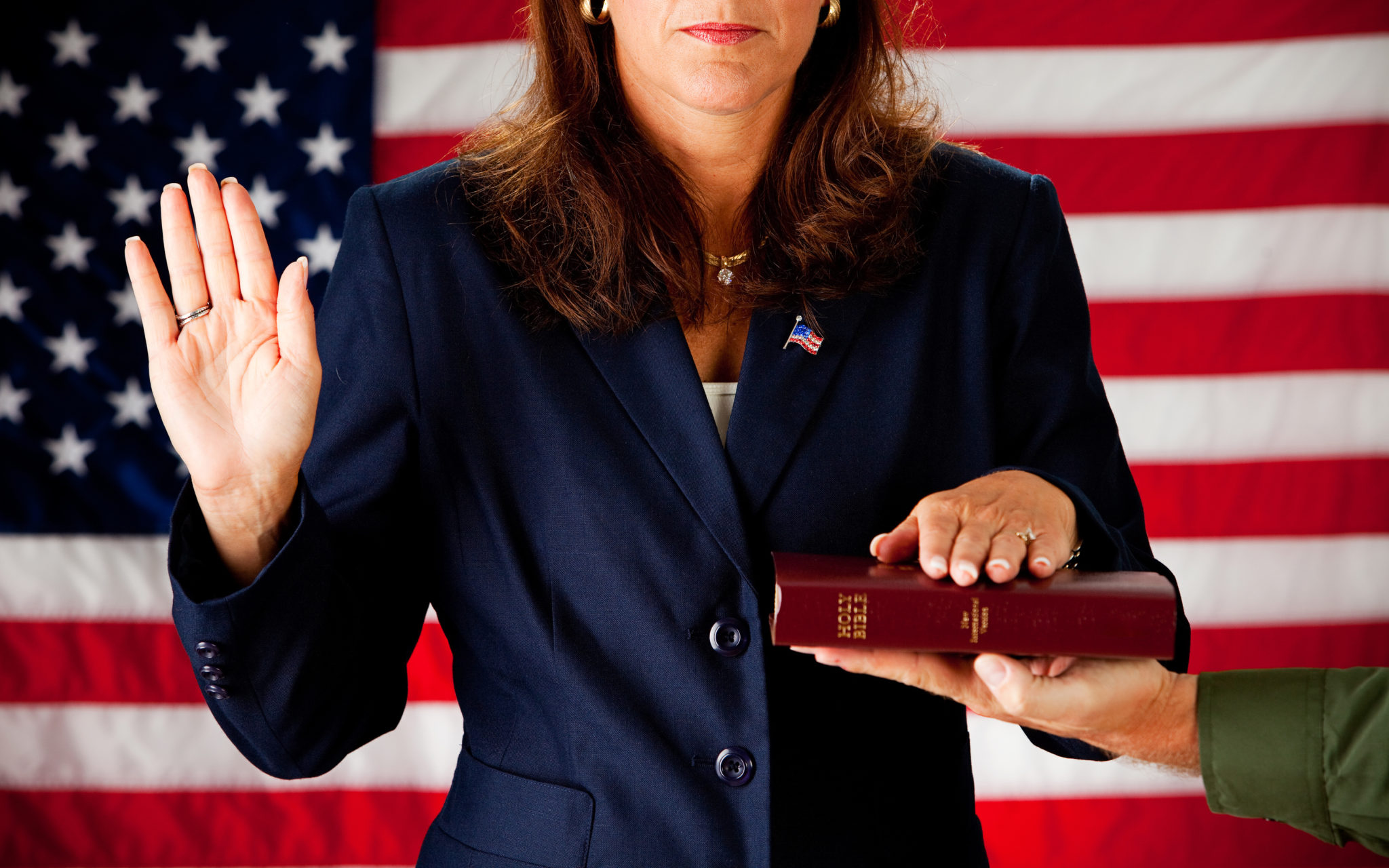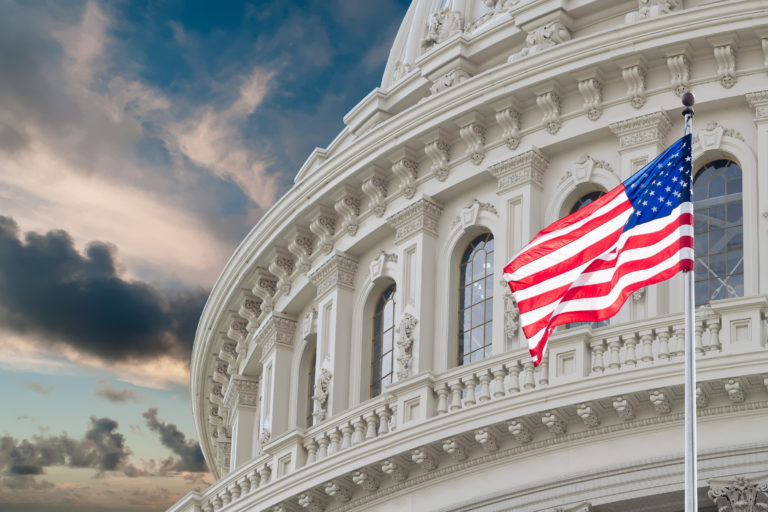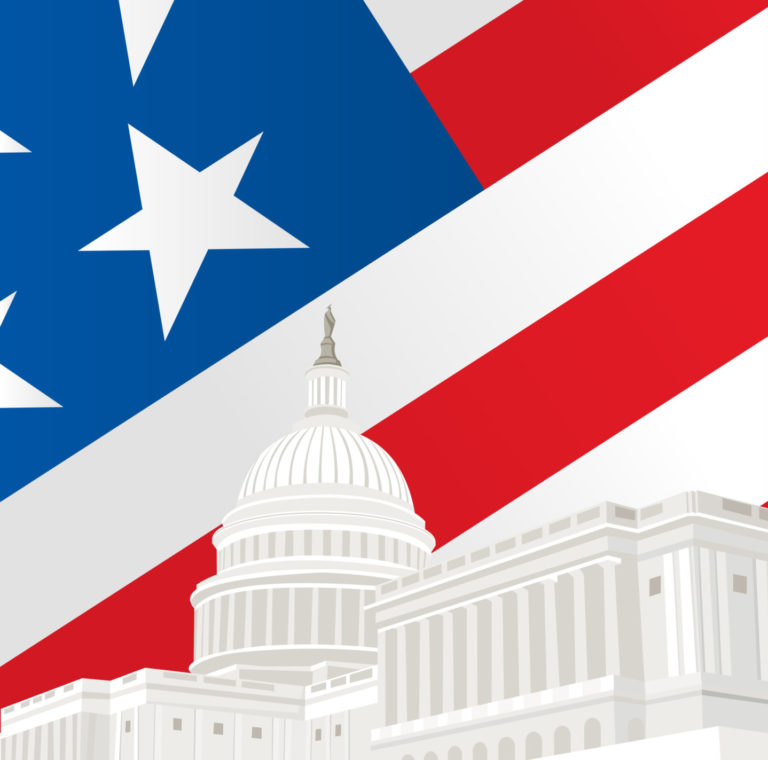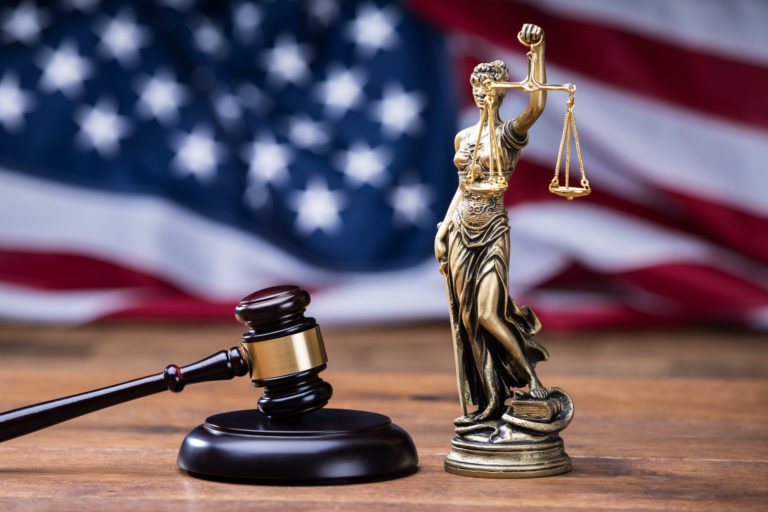Although it may feel like 2020 just ended, we are already halfway to 2022—a…
Women Governors in the United States: Part III

This is the third post in our Gender on the Ballot series on women governors. In the first post, we highlighted trailblazing women governors; next we celebrated the eight women leading states as of July 2021. Today, as Kathy Hochul takes the reigns as the leader of New York state, we are diving deeper into the obstacles and opportunities that face women candidates seeking executive office.
As Barbara Lee Family Foundation Executive Director Amanda Hunter noted, Hochul brings the count of women governors in the US to just nine, matching the record high to ever hold the office at one time. For women of color, the numbers are even lower: no Black woman or Native woman has ever been governor of a US state, and there is currently just one woman of color leading a state (New Mexico’s Michelle Lujan Grisham).
So why is it that women’s representation is so low at the gubernatorial level, even as women in politics have made significant gains in recent years, including a record number of women in Congress and Kamala Harris blazing a new trail to the Vice Presidency?
Over 20+ years of BLFF research shows that women candidates for executive office face obstacles that their male counterparts simply do not, particularly when it comes to:
- Qualifications: Voters expect women candidates to demonstrate their qualifications to the highest degree, something they don’t expect from men.
- Likeability: Voters will support a male candidate they do not like but who they think is qualified, but they will not do the same for women.
- Honesty and Ethics: Voters put women on a character pedestal, expecting women to be more trustworthy than men. This means that women candidates are judged more harshly for any perceived dishonesty or unethical actions.
Despite these challenges, there are also opportunities for women seeking the governor’s office—for one, unlike 20 years ago when our founder Barbara Lee began doing this work, women candidates do not have to try to fit into an outdated template designed for men. A woman running for office can be what we call at “360-degree candidate,” bringing the whole of her experience to her role as a leader. Women candidates can also employ a sense of humor successfully with voters, who like when a woman doesn’t take herself too seriously. Finally, BLFF research also shows that voters attribute many of the traits of a “good” governor—accountability, listening to constituents of all types, and being proactive—to the average women governor.
Today we are celebrating Kathy Hochul’s trailblazing appointment as governor, and reflecting on the work left to do to break down opportunities for women seeking executive office across the country.






